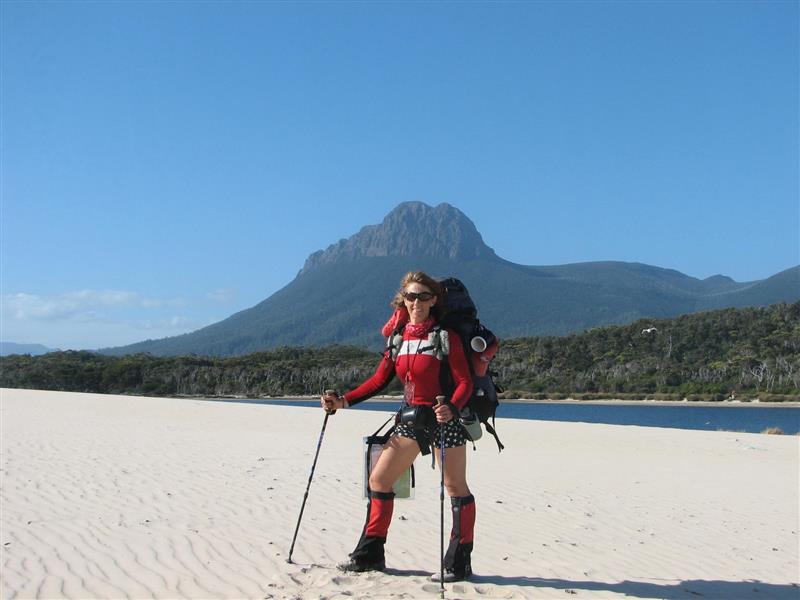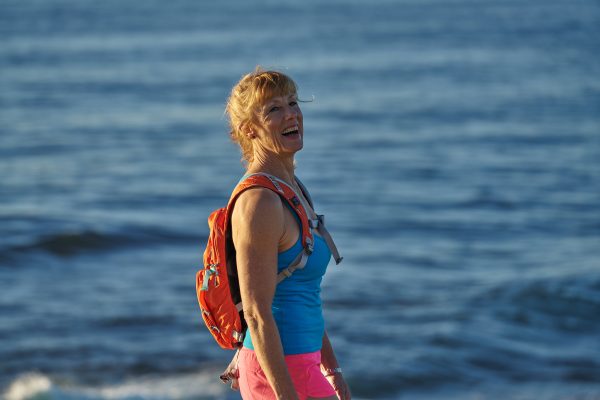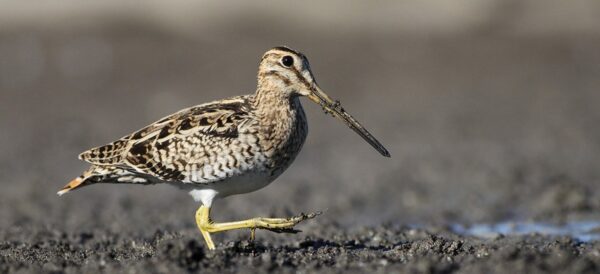“The best fat-loss and muscle building magic results from resistance training that is also aerobically demanding.” – Dr John Berardi.
I first discovered the mind-blowing and body-building benefits of rucking after a failed attempt to climb the highest mountain in the southern hemisphere, Mt Aconcagua, more than 20 years ago.
After signing up for the adventure, I thought I could get fit the old-fashioned way, by doing weights at the gym and jogging along the footpath.
I was wrong.
Rucking, a term used by the military to describe mostly men carting heavy backpacks around in the bush for fitness, is having a moment.
And for good reason.
It’s one of the best ways we can get fit fast.
Wild Women On Top started rucking, which we call Trek Training, more than two decades ago. We discovered it to be the most time efficient, low impact and effective way for working mums to build the strength, endurance, cardio and resilience required for managing the stresses and strains of life.
It also helped us prepare for carting our kids and/or our hiking gear, including wine and chocolate, up the nearest mountain track.
Yep, sounds too good to be true, right? But wait, there’s more. When you’re rucking in the wild there’s no smelly gym, no grunting guys, no pervs, no worrying about your VPL, no floor-to-ceiling mirrors, no sweaty equipment, no torturous tunes and no costly fees.
When you’re rucking you can bitch about your boyfriend and make plans for your next girls’ weekend while you work out. It’s the ultimate multi-task.
You’re building strength, confidence, power and joy, without worrying about your wobbly bits or your hat hair.
And we have men to thank for its recent trending.
Health, fitness and medical experts such as Dr Peter Attia, author of Outlive, the Science and Art of Longevity, Jason McCarthy, Founder of GORUCK, and Michael Easter, author of The Comfort Crisis, have been raving, blogging and podcasting about how sick rucking is because it combines strength, cardiovascular and endurance training all in one single workout.
And Easter got so excited for us girls he said, “women were made for this shit”. Thanks Mike!
Easter discovered that back in 1895, women from the Seri hunter-gatherer tribe on Tiburon Island often hiked 25km from the beach to the mountains to fetch water and then lugged it back home in heavy clay pots, probably while the men sat around the fire smoking leaves. Now that’s science!
But what these largely male advocates of rucking have failed to mention is that military-style rucking can cause SPI’s (Serious Personal Injury) when done by women.
So, while we love rucking because it doesn’t involve dumbbells and pavement pounding, we’ve adapted it to suit women’s bodies, which, obviously, are vastly different from men’s.

Our finer shoulders, child-baring hips, smaller size and lower muscle mass mean we should carry less weight and choose women-specific backpack brands, including a padded waist harness and customised back length.
Baring all this in mind, I created the Wild Women On Top Trek Training method. Essentially, this involves loading up your correctly fitted, hip-harness hugging 65 litre backpack with all your favourite overnight hiking equipment, including your sleeping bag, tent, stove and Chocolate Chip Cookies.
Then you tweak all the straps for maximum comfort and safety, pull on your favourite baggy shorts and t-shirt, lace up your hiking boots and go exploring your local nature trails using trekking poles to help prevent injury.
You trek along the track and when you come to a hill or stairs en route, you go up and down them a few times. This is the strength and cardio bit.
If you do this for an hour or two you’ll also get your endurance hit, which women are famous for. In fact, research noted that “Women are resistant to neuromuscular fatigue compared to men in response to a range of exercise tasks,” … which makes us good at trekking. Go girls.
And if you do this three times a week and add a girl’s day out hike once a month, you’ll nail the mental toughness bit.
Rucking is great for women because it:
- Develops the strongest thighs and bum you’ve ever had, which helps when your partner rolls onto your side of the bed.
- Strengthens your heart muscle so you can take a younger lover after your divorce.
- Gives you strong bones so you can jump out of the treehouse when your kids run off.
- Improves your immunity to protect you from the nasty bugs you get from working in the office.
- Manages your weight so you can eat more delicious nutritious treats on your next adventure.
- Increases your longevity so you can take your great grandkids camping.
- Improves your mood so you can keep cool when your kids spill tomato sauce on your white pants.
- Transforms your life so you can remember how much fun you were before you became a grown-up.
Top Safety Tips for Trek Training/Rucking With A Heavy Pack
- Choose a women’s backpack from a quality gear shop and don’t leave the shop till they custom fit it to your body.
- Load up your pack gradually starting with 5kg of hiking stuff and adding one kilo per week until you get up to 17kg for your workouts. Ensure you pack the gear carefully with the heaviest items, like water, close to your lower back and the lighter items, like a fleece, on the outside. (See How to Prepare for World Class Treks by Di Westaway for more tips)
- Wear your favourite comfy activewear and trail runners or hiking boots. And don’t forget your raincoat for wet weather, a head torch for night training and your sun hat for summer.
- Use trekking poles to assist with injury prevention and balance. On the way up the stairs, push down firmly on the poles to get an upper body workout. On the way down use the poles like giraffe legs to help with balance.
- Bring a buddy along in case you get lost and need a laugh.
- Explore your local undulating bush tracks and when you come to a set of stairs, go up and down for 30 minutes.
- Prevent injury by paying close attention to your technique, ensuring you keep your knee tracking directly over your big toe (like doing a squat), engage your bottom muscles (otherwise known as glutes). You can check this by ensuring you have weight on your whole foot, including your heel as you push upwards. Keep your back straight and push down on your trekking poles with good posture.
- Gradually build up both the intensity, the frequency and the duration of your workouts so you get strong, fit and fab gradually and prevent injury.
- Don’t carry more than one third of your body weight and remember, it can be addictive so make sure you don’t overdo it.
- Once you can carry 17kg for 3 hours, you’re ready for your first overnight hike. Go for it!









